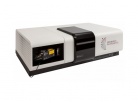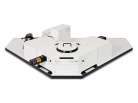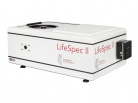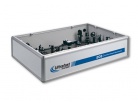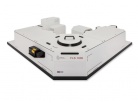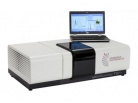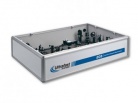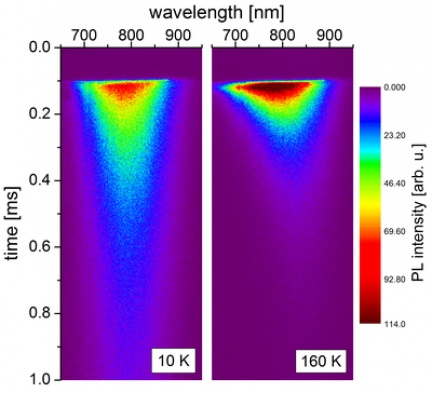
Time-resolved spectroscopy is a very efficient and non-destructive method of studying microscopic processes occurring in the materials under investigation. If an optical pulse is applied to a sample and its photons have the necessary energy, the substance under study is brought out of thermodynamic equilibrium, to which the system returns after relaxation and recombination processes. The study of the time evolution of selected optical properties (e.g. the course of photoluminescence decay or the course of absorption changes) makes it possible to identify these processes. The individual mechanisms (relaxation of charge carriers to lower energy states, carrier trapping at localized centers, Auger recombination, etc.) can be recognized both by the characteristic decay times and by the shape of the individual curves.
Time-resolved spectroscopy methods can be divided into two main groups - emission methods and pump and probe methods.
Emission methods are based on monitoring the time evolution of the light signal emitted by the excited substance. This group includes, for example, time-resolved luminescence (fluorescence, phosphorescence).
Excitation and probing methods use an additional - so-called probing - pulse, which is incident on the substance at a certain time after excitation, to study the changes taking place in the substance in addition to the excitation pulse (or two excitation pulses incident on the sample under suitable geometrical conditions). The probe beam then monitors the changes induced in the substance by the excitation beam. The basic excitation and probing methods include time-resolved absorption and reflectance, time-resolved Raman scattering and four-wave mixing methods (e.g. transient grating).
Related products:
- Modular spectrofluorimeters for luminescence lifetime measurements,
- Transient absorption measurement systems, Streak cameras
Manufacturer:
- Edinburgh Instruments,
- Ultrafast systems,
- Hamamatsu


